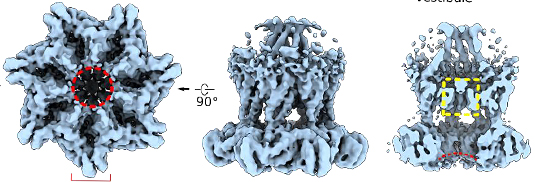An LMU team has clarified how a receptor which is involved in the regulation of vital physiological processes senses the mechanical forces that act on blood vessels. The findings could suggest new therapies for diseases of the vasculature.

The flow of blood through the veins and arteries exerts a mechanical force on the blood-vessel wall and on the smooth musculature immediately beneath it.
The flow of blood through the veins and arteries exerts a mechanical force on the blood-vessel wall and on the smooth musculature immediately beneath it. These forces also play a role in a number of crucial physiological processes, including the autoregulation of the blood supply to the various tissues in the body. Alterations in the ability of the vessel wall to respond appropriately to this shear stress also contribute to the pathogenesis of disorders such as cardiac hypertrophy and pre-eclampsia, a condition that afflicts many women during pregnancy. Professor Michael Mederos y Schnitzler, Professor Thomas Gudermann and PD Dr. Ursula Storch at LMU's Walther Straub Institute of Pharmacology and Toxicology have now identified one of the sensor proteins involved in these processes and discovered how it responds to mechanical forces. The results of the study appear in the online journal Nature Communications.
Communication between cells and their environment is largely mediated by specialized receptor proteins that are embedded in the cell membrane. The family known as G-protein-coupled receptors (GPCRs) constitutes the largest class of these membrane-bound receptors. Most GPCRs serve as sensors for specific molecules ('ligands'). Binding of the ligand alters the protein's conformation, which initiates a response within the cell. However, some members of the group also react to mechanical stimulation. The new study focuses on a particular GPCR called the histamine H1 receptor (H1






